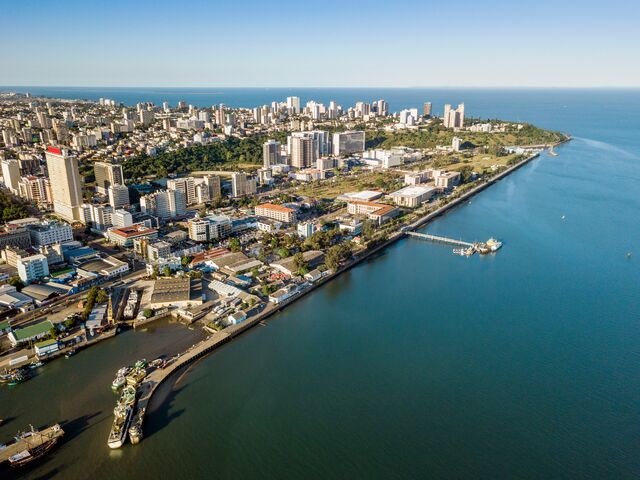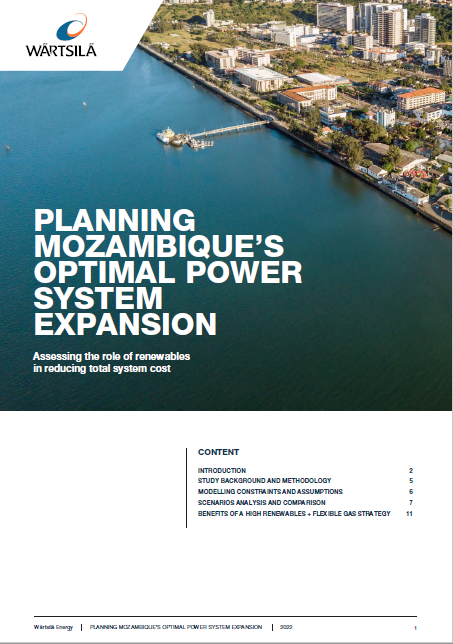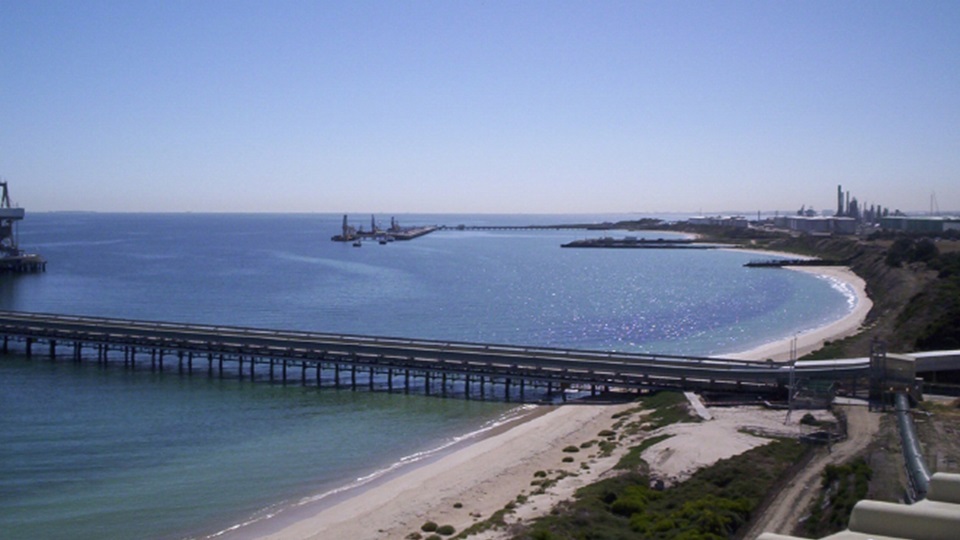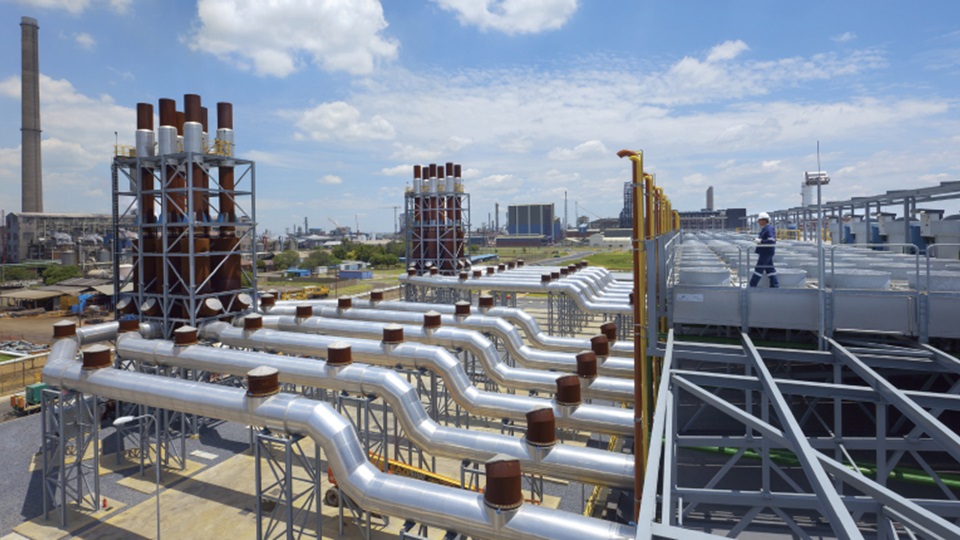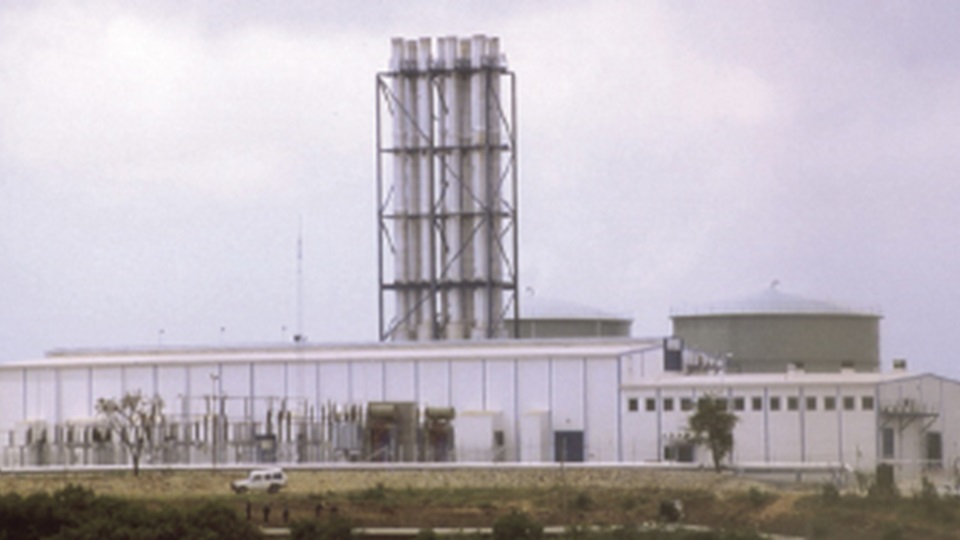
About Energy
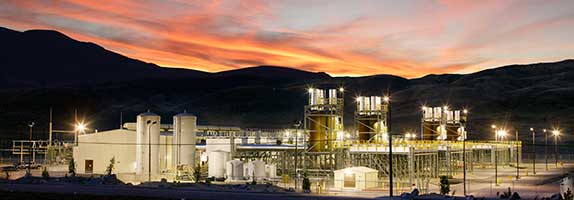
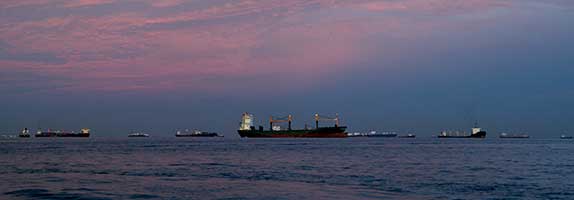
About Wärtsilä

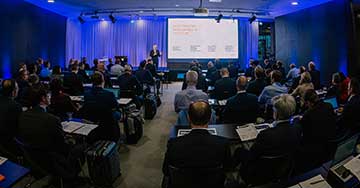
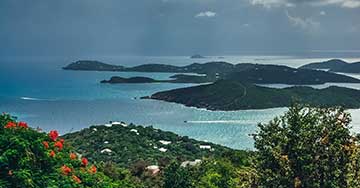
- Home
-
Energy
-
Towards 100% renewable energy
- Energy transition
- Atlas of 100% renewable energy
- Power system modelling
-
Sustainable fuels
- Sustainable fuels paper
- Introduction
- The time to decarbonise is now
- The many types of sustainable fuels
- Sustainability and availability of sustainable fuels
- Hydrogen in power generation
- Wärtsilä is at the forefront of research and development
- Future-proofing flexible Wärtsilä engine power plants for decarbonised energy systems
- Hydrogen test
- The feasibility of Power-to-X fuels for power generation
- Wärtsilä's 100% hydrogen power plant solutions
- Rethinking energy
- Energy, Essentially
- Pathways for Africa's energy future
- Energy Market Redesign For a Decarbonised Europe
- Every second counts
- Choosing the optimal pathway for energy transition
-
Engine power plant solutions
-
Engine power plant products
- Flexicycle and CHP
- Wärtsilä 34DF dual fuel engine
- Wärtsilä 50DF dual fuel engine
- Wärtsilä 34SG gas engine
- Wärtsilä 34SG power optimised gas engine
- Wärtsilä 50SG gas engine
- Wärtsilä 32 diesel engine
- Wärtsilä 31SG gas engine
- Wärtsilä 31DF dual fuel engine
- Wärtsilä 34SG-LPG gas engine
- Wärtsilä 31SG Balancer gas engine
- Wärtsilä 50 diesel engine
- Wärtsilä 46TS-SG gas engine
- Wärtsilä 46TS-DF dual fuel engine
- Balancing power plants
- Flexible baseload power plants
- Hybrid power plants
- Making money with flexibility
-
Lifecycle Services
- Solutions catalogue
-
Engine power plant products
- Energy storage
-
Learn more
- Technology comparison: Engines vs Aeros
-
References
-
Independent power producers
- Cheong Soo South Korea
- Huinala, Mexico
- Inur Sakato
- IPP4 power plant
- Matelec Company; Malicounda, Senegal
- Parnaíba IV, Brazil
- Plains End I & II Colorado, USA
- Sasolburg, FS, South Africa
- United Ashuganj, Bangladesh
- Island of Bonaire
- Zenobē
- Eolian, US
- Colbun, Chile
- NiuPower Ltd., Papua New Guinea
- RWE Renewables, US
- United Power, Bangladesh
-
Mining & cement
- Essakane Solar SAS, Burkina Faso
- Grande Côte Mineral Sands Project, Senegal
- Qassim Cement Company
- McArthur River Mine, Australia
- Quisqueya I & II Dominican Republic
- Geita gold mine, Tanzania
- Mansourah & Massarah
- Yamama Cement
- PhilGold Processing & Refining Corporation
- PT Aneka Tambang Tbk (ANTAM), Indonesia
- Oil & gas
- Other industrial
-
Utilities
- Antelope Station, Texas, USA
- Arun, Sumatra, Indonesia
- Centrica, UK
- Eklutna Generation Station Palmer, Alaska, USA
- Kaloum 5, Republic of Guinea
- Kiisa ERPP I & II
- Kipevu II-III, Tsavo Power Company Limited
- Kraftwerke Mainz-Wiesbaden AG
- Makuhari, Japan
- Marquette Energy Center, USA
- Pearsall Station, Texas, USA
- Pesanggaran, Bali
- Port Westward Unit 2, Portland, Oregon, USA
- Timor Leste
- Woodland 3 Generation Station, Modesto, California, USA
- Pointe Monnier, Mauritius
- EDF Renewables, UK
- Benndale, Mississippi, USA
- AGL Energy Limited, Australia Barker Inlet Power Station, Australia
- Bremen, Germany
- RECO, Honduras
- Paras Energy, Nigeria, Optimised maintenance agreement
- DREWAG, Germany
- SSEN
- GIGA Storage
- SSE Renewables
- Mexico Federal Electricity Commission
- PT PLN Lombok GECC, Indonesia
- AGL Energy Limited, BESS
- Nippon Koei Energy Europe B.V.
- Aqualectra, Curacao
-
Independent power producers
- Power plant selector
- Downloads
-
Regional expertise
-
Towards 100% renewable energy
-
Marine
-
Products and solutions
- Ballast water management systems
- Electric shipping and hybrid ships
- Engines and generating sets
- Exhaust treatment and CCS
-
Fleet optimisation
- Marine navigation solutions
- Fresh water generation
-
Gas solutions
- Conversions
-
Biogas solutions
- LNG regasification solutions
- Onshore solutions
- LNG as fuel
- Inert gas systems
- VOC recovery system
-
Gas carrier solutions
- LNG small scale and bunker vessels
- Wärtsilä Cargo Handling System for Ethane gas carriers
- Wärtsilä Cargo Handling System for Fully Pressurized Gas Carrier
- Wärtsilä Cargo Handling System for Fully Refrigerated Gas Carriers
- Wärtsilä Cargo Handling System for Semi Refrigerated Gas Carriers
- Wärtsilä BOG Reliquefaction
- Liquified CO2 Gas Carriers
- Wärtsilä Cargo Handling System for Ethylene gas carriers
- Ethane as fuel
- Gas Carriers
- FSRU Solutions
- Fuel Supply Systems
- VOC recovery and offshore solutions
- Onshore
- Power to X
- LNG BOG Reliquefaction
-
Port optimisation
- Port call optimisation
- Port Management Information Systems (PMIS)
- Port community systems
- Pilot management solutions
- Search and rescue solutions
- Vessel traffic management systems
- River information systems
- Coastal surveillance systems
- Offshore Solutions
- Improve operations with Port Optimisation solutions
-
Propulsors and gears
-
Shaft line solutions
- Wärtsilä water lubricated stern tube seals
- Wärtsilä oil lubricated stern tube seals
- Wärtsilä waterjet seals
- Wärtsilä bulkhead restrictor
- Wärtsilä rudder stock & stabiliser seals
- Wärtsilä electric pod and thruster seals
- Wärtsilä oil lubricated sterntube bearings
- Wärtsilä water lubricated stern tube bearings
- Wärtsilä intermediate shaft bearings
- Wärtsilä thrust bearings
- Wärtsilä rudder and stabiliser bearings
- Wärtsilä stern tubes
- Wärtsilä hydraulic equipment
- Shaft Line Monitoring Equipment
- Next Level Shaft Line Solutions
-
Simulation and training
-
Navigational simulators
- Wärtsilä R&D simulator
- Wärtsilä Inland operations simulator
- Wärtsilä Search and rescue operations simulator
- Wärtsilä Offshore and dynamic positioning simulator
- Wärtsilä Small craft simulator
- Electronic navigation simulators
- Wärtsilä Ice navigation and management simulator
- Wärtsilä Fishing simulator
- Wärtsilä Oil spill response simulator
- Vessel Traffic Systems simulator
- Wärtsilä GMDSS simulator
- Wärtsilä Tug simulator
- Wärtsilä Navigation simulator NTPRO 5000
- Wärtsilä Simulation development tools
- Wärtsilä Smart realities
- Wärtsilä Cloud simulation
- Wärtsilä Technological simulators
- Methanol Bunkering Simulator
- Learn and grow with Simulation and Training solutions
-
Navigational simulators
- Waste and wastewater treatment
-
Services
- Spare parts
- Maintenance and repair
- Technical support
- Lifecycle upgrades
- Lifecycle agreements
- Training
- Areas of expertise
- 2-stroke engine services
- 4-stroke engine services
- Propulsion services
- Shaft line solutions services
- Turbocharger services
- Gas solutions services
- Underwater services
- Services catalogue
-
Decarbonisation
- Customer segments
- Encyclopedia
- Essentials for ship designers
- Maritime cyber security
-
Products and solutions
-
Insights
- Business areas
-
Topics
- Decarbonisation & future fuels
- Marine electric
- Energy flexibility
- Energy operation and maintenance
- Energy storage
- Energy transition
- Engine systems
- Exhaust treatment and CCS
- Fleet optimisation
- Gas solutions
- Lifecycle services
- Port optimisation
- Power generation
- Power system optimisation
- Propulsion
- Shaft line solutions
- Simulation and training
-
About
- Careers
- Investors
- Media
-
Sustainability
- Suppliers
- Contact
- Wärtsilä Online
- WLSA
- Hamworthy
- Terms of Use
- STH
- Service Bulletin Communications
